
How to Pack for a Snowboarding Trip Like a Pro and Avoid Overpacking
Written: editor | July 7, 2023
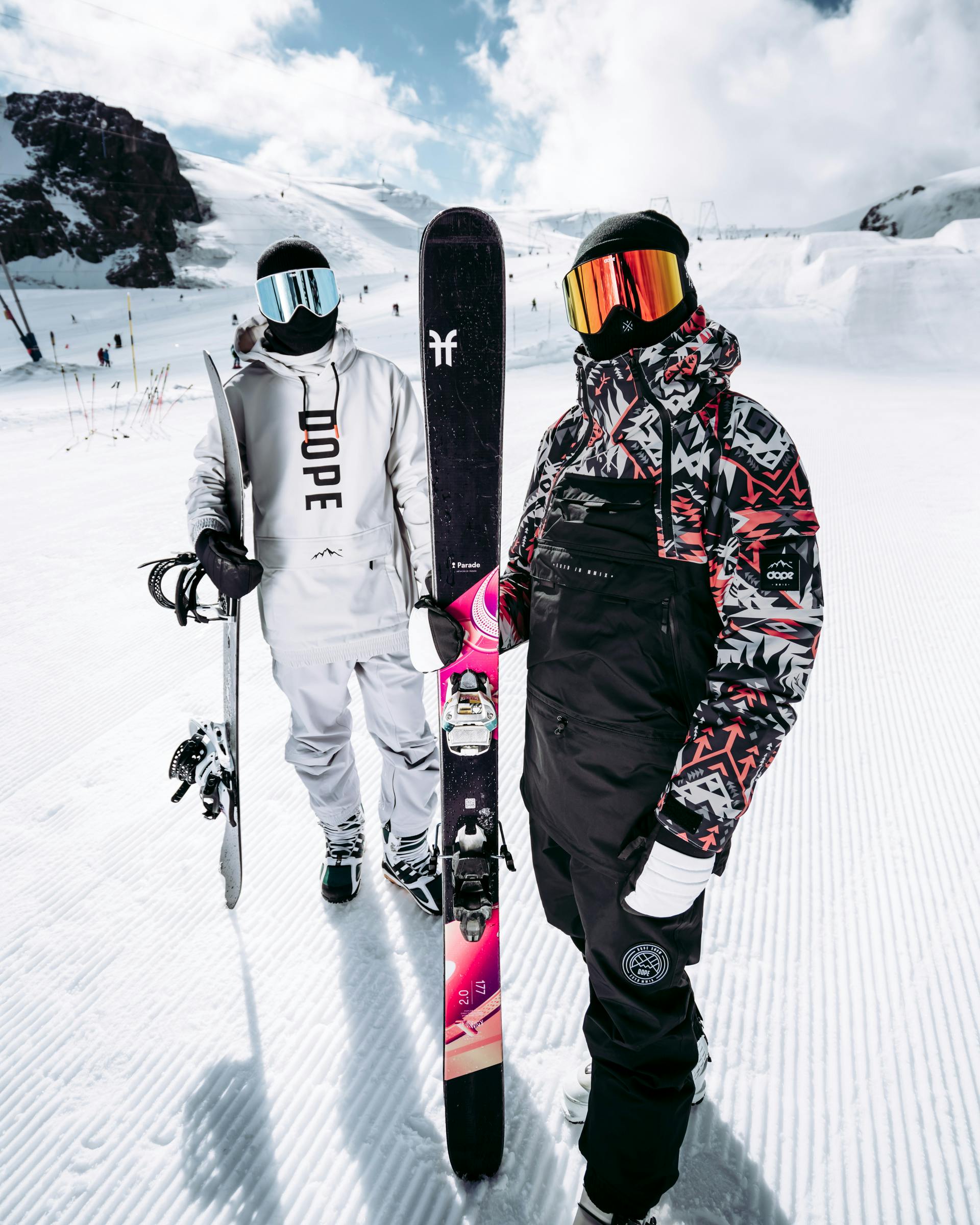
Essential Clothing Items for a Snowboarding Trip
Base layers and thermal wear
When gearing up for a snowboarding trip, it's crucial to pack the right clothing to ensure you stay warm and comfortable on the slopes. Start with base layers and thermal wear, which serve as the foundation for your snowboarding outfit. These garments are designed to wick away moisture from your skin, keeping you dry and warm. Opt for materials like merino wool or synthetic fabrics that provide insulation while remaining breathable.
Insulated snowboarding jacket and pants
Invest in a high-quality insulated snowboarding jacket and pants to protect yourself from the cold temperatures and snow. Look for options that are waterproof and windproof to keep you dry and shielded from the elements. These garments should also be durable to withstand the wear and tear of snowboarding activities. Choose a jacket and pants that are the right size and fit for optimal mobility and freedom of movement.
Warm gloves and socks
Keep your extremities warm by bringing along a pair of insulated gloves and thick, moisture-wicking socks. Your hands and feet tend to get cold quickly, so it's essential to have proper protection. Look for gloves that are waterproof and insulated for maximum warmth and functionality. As for socks, opt for wool or synthetic materials that provide insulation and moisture-wicking properties to keep your feet dry and comfortable throughout the day.
Remember, when packing for your snowboarding trip, it's important to choose clothing items that are versatile and can be layered for added warmth. Avoid overpacking by sticking to the essentials and focusing on quality rather than quantity. This way, you'll have everything you need to enjoy your snowboarding adventure without the excess baggage.
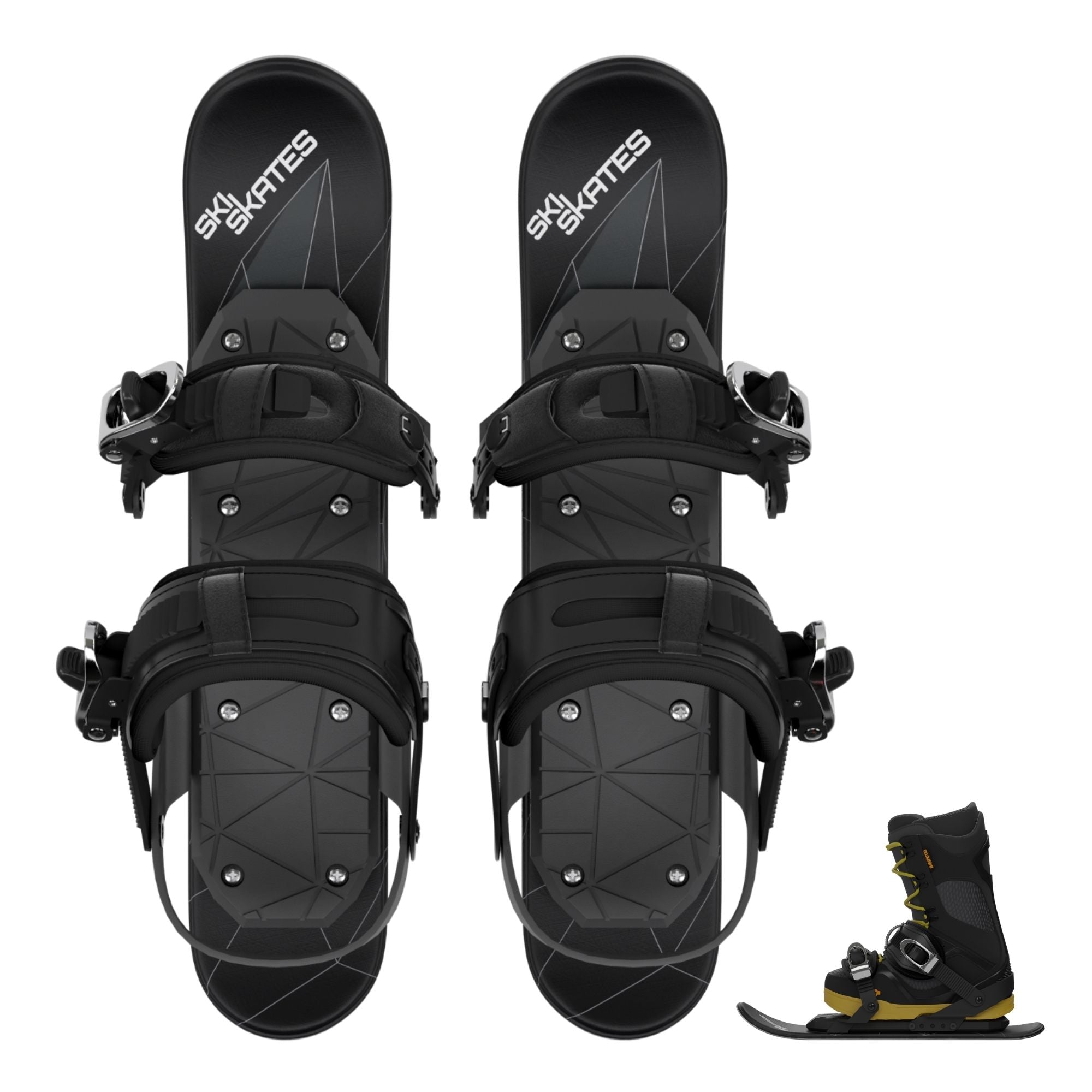
Necessary Equipment and Gear
Planning a snowboarding trip? Avoid the hassle of overpacking by focusing on the essential equipment and gear you'll need. Here are some key items to consider:
Snowboarding boots and bindings
Invest in a good pair of snowboarding boots that provide a comfortable fit and adequate support. Your boots should be compatible with your bindings, which will securely attach your boots to the snowboard. Make sure to test the fit and adjust the bindings properly before hitting the slopes.
Helmet and goggles
Safety is paramount when snowboarding, so don't forget your helmet. It's crucial to protect your head from potential impact. Additionally, goggles are essential for eye protection and providing clear vision in various weather conditions. Look for goggles with good ventilation and anti-fog features for a comfortable and safe experience.
Snowboard and appropriate tools
Choose a snowboard that suits your skill level and riding style. If you're a beginner, consider a board with a soft flex for easier maneuverability. Advanced riders may prefer a stiffer board for better control at higher speeds. Along with your snowboard, bring tools like a snowboard wax and scraper for maintenance purposes.
Remember to pack these items in a sturdy bag, and don't forget other essentials like warm clothing, gloves, and socks. Avoid overpacking unnecessary items that will only weigh you down and take up extra space. Keep it light and enjoy your snowboarding adventure!
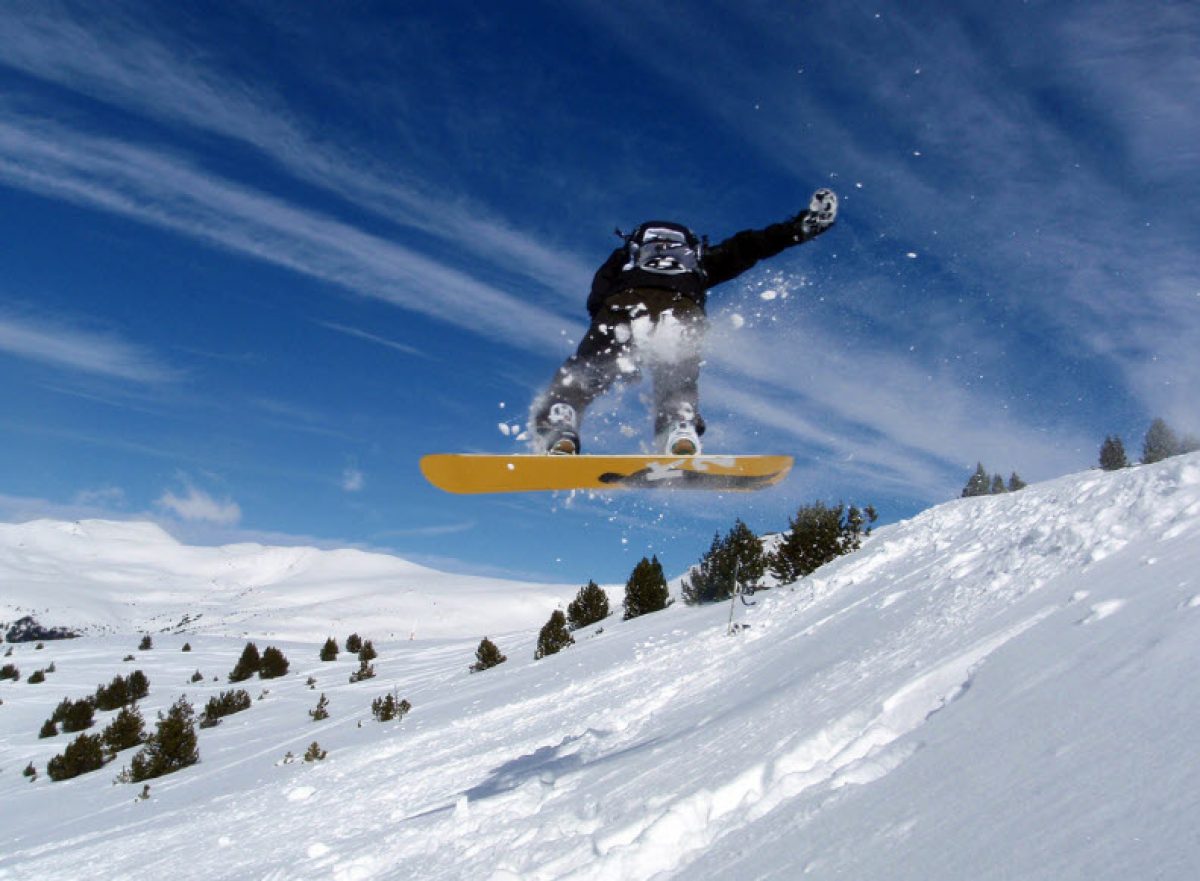
Planning for Various Weather Conditions
Layering strategies for different temperatures
When planning for a snowboarding trip, it's important to consider the various weather conditions you may encounter. You want to be prepared for both cold temperatures on the slopes and warmer temperatures in the lodge. Layering is key to staying comfortable and regulating your body temperature.
Start with a base layer made of moisture-wicking fabric to keep you dry and comfortable. Add a mid-layer for insulation, such as a fleece or down jacket. Finally, top it off with a waterproof and breathable outer layer to protect you from the elements.
Packing for both sunny and snowy conditions
Be prepared for both sunny and snowy conditions by packing items that can adapt to different weather. Pack a variety of clothing options, including lightweight and breathable shirts for sunny days and heavier insulated jackets for snowy days. Don't forget to pack sunglasses, sunscreen, and a hat to protect yourself from the sun.
Preparing for unexpected weather changes
Weather can change quickly in the mountains, so it's important to be prepared for unexpected weather changes. Pack a lightweight, packable rain jacket that you can easily carry with you. It's also a good idea to have extra layers, such as a warm hat and gloves, in case the temperature drops suddenly.
Remember to check the weather forecast before your trip and pack accordingly. It's better to be overprepared than underprepared when it comes to staying comfortable and safe on the slopes. Happy snowboarding!
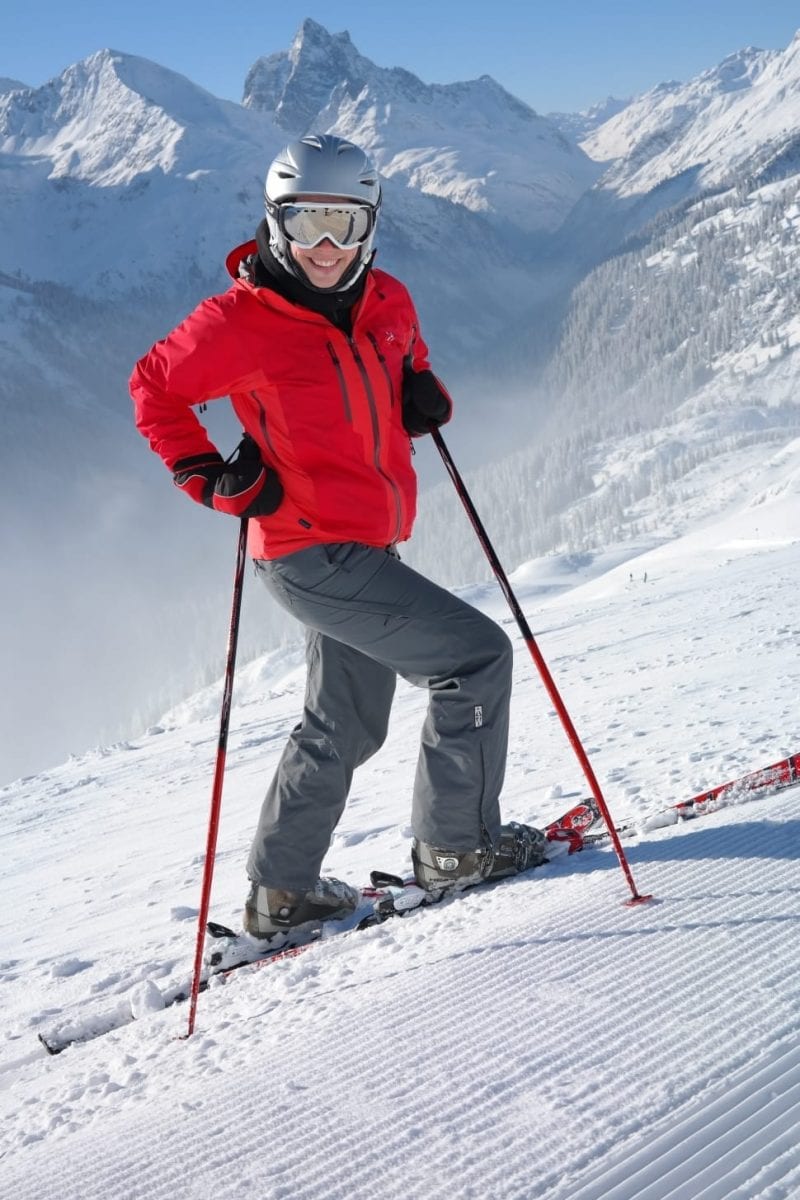
Maximizing Space in your Luggage
Rolling clothing items to save space
When packing for your snowboarding trip, rolling your clothing items instead of folding them can help you maximize space in your luggage. Rolling not only saves space but also helps prevent wrinkles. Start by laying out your clothes flat and then roll them up tightly from one end to the other. This method not only allows you to fit more items in your bag but also keeps them organized and easy to find when you arrive at your destination.
Utilizing compression bags or packing cubes
Compression bags or packing cubes are another great way to save space in your luggage. These handy travel accessories come in various sizes and allow you to compress your clothing and other items, reducing their volume. Simply place your items in the bag or cube, seal it, and then compress the air out. This will not only create more space but also help keep your belongings neat and tidy throughout your trip.
Sharing items with travel companions when possible
If you're traveling with friends or family, consider sharing items to avoid overpacking. For example, instead of each person bringing their own hairdryer, toiletries, and other bulky items, you can take turns using them or share the load by splitting the items between your bags. This way, you can save space in your luggage and lighten the overall load for everyone.
By following these packing tips, you can avoid overpacking and ensure you have enough space in your luggage for all the essentials on your snowboarding trip. Remember to pack smart, be organized, and enjoy your adventure on the slopes!
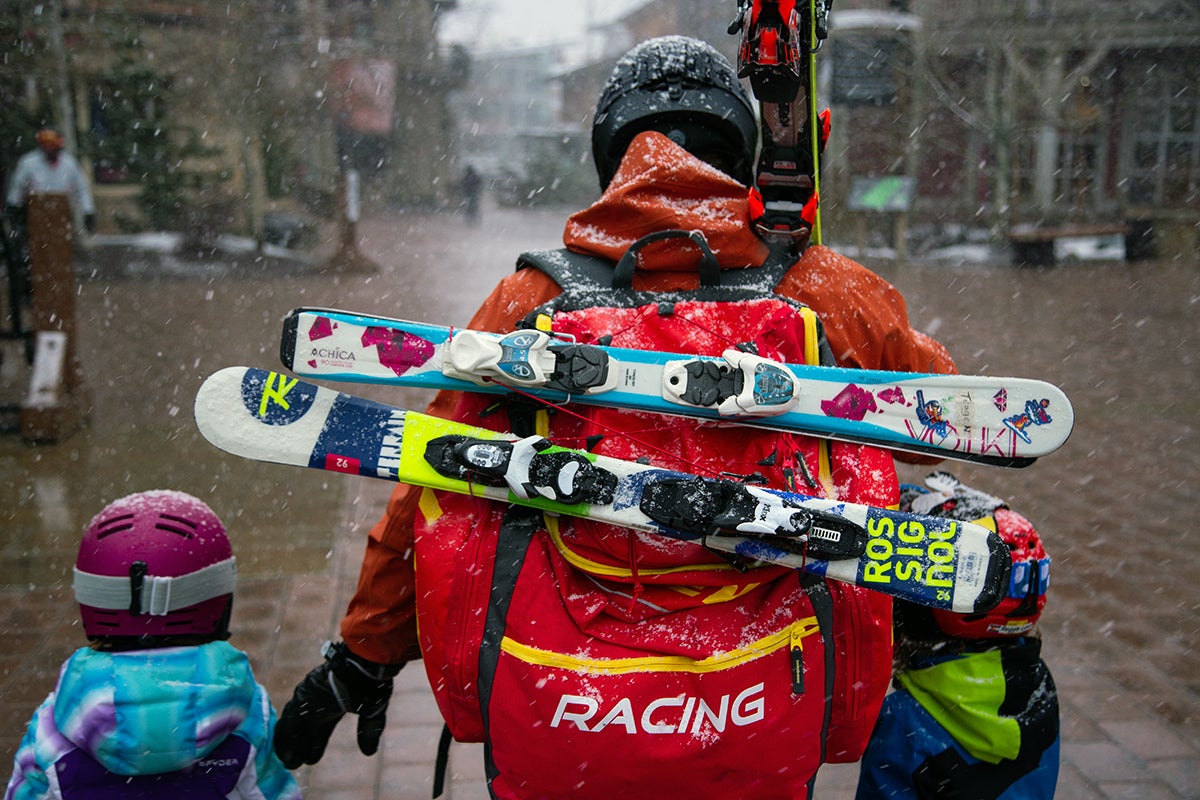
Renting vs. Bringing your Own Gear
Pros and cons of renting equipment
When planning your snowboarding trip, one of the big decisions you'll need to make is whether to rent your gear or bring your own. Here are some pros and cons of renting equipment to consider:
-
Convenience: Renting equipment can be more convenient, especially if you're not a frequent snowboarder or if you're traveling long distances. You won't have to worry about lugging around heavy bags or risking damage to your gear during transit.
-
Cost: Renting gear can be more cost-effective, especially if you don't snowboard often. Purchasing all the necessary equipment can be expensive, and with renting, you can save money on buying and maintaining gear.
-
Variety and quality: Rental shops often have a wide selection of equipment, allowing you to try different gear and find what works best for you. Plus, they typically offer the latest models, ensuring you have access to top-quality equipment.
How to determine whether to rent or bring your own gear
Deciding whether to rent or bring your own gear depends on various factors. Here's a quick guide to help you make the right choice:
-
Frequency of snowboarding: If you're a regular snowboarder or plan to go multiple times in a season, it may be worth investing in your own gear. However, if you're an occasional rider, renting is a more practical choice.
-
Cost and convenience: Consider the cost of purchasing and maintaining gear compared to renting. Factor in the hassle of traveling with your equipment and the added expenses of checked baggage or shipping fees.
-
Quality and familiarity: If you have your own gear and are comfortable with it, bringing it along can provide a more familiar and enjoyable experience. However, renting can offer access to high-quality gear and the chance to try something new.
Remember, the decision ultimately depends on your personal preferences, budget, and the logistics of your trip. Whether you choose to rent or bring your own gear, focus on having a fantastic snowboarding adventure!

Packing Tips and Tricks
Planning a snowboarding trip? Avoid the frustration of overpacking and maximize your luggage space with these tips and tricks.
Packing checklist for a snowboarding trip
-
Appropriate clothing: Pack base layers, thermal socks, waterproof pants, and jackets. Don't forget gloves, a beanie, and a neck gaiter or face mask to keep warm.
-
Snowboarding gear: Bring your snowboard, bindings, and boots. If you don't own these, consider renting them to save luggage space. Don't forget your helmet and goggles for safety.
-
Essential accessories: Pack sunscreen, lip balm, and hand warmers. Also, bring a small backpack or fanny pack to carry your essentials on the slopes.
-
Casual attire: Bring a few comfortable outfits for après-ski activities. Keep it simple and versatile.
Tips for organizing your luggage efficiently
-
Roll your clothes: Rolling your clothes instead of folding them can save space and help prevent wrinkles.
-
Utilize packing cubes: These handy organizers can help separate items and make it easier to find what you need.
-
Wear bulky items: If you have bulky items like snow boots or a heavy coat, wear them while traveling to free up luggage space.
-
Use compression bags: Compression bags can reduce the volume of your clothing by squeezing out excess air.
Avoiding unnecessary items and extras
-
Research your accommodations: Check if your accommodation provides towels, toiletries, and other amenities to avoid packing unnecessary duplicates.
-
Plan laundry opportunities: Pack fewer clothes and plan to do laundry during your trip if possible.
-
Consider rental options: Instead of bringing bulky equipment, consider renting snowboarding gear and other items at your destination.
Follow these tips, pack efficiently, and enjoy a stress-free snowboarding trip without the burden of carrying unnecessary items!

Conclusion
Recap of the importance of avoiding overpacking
When planning for a snowboarding trip, it is crucial to avoid overpacking. Overpacking can lead to unnecessary stress, extra baggage fees, and decreased mobility on the slopes. By packing strategically and efficiently, you can ensure that you have everything you need without weighing yourself down.
Final thoughts on having a successful snowboarding trip with a well-packed bag
To have a successful snowboarding trip with a well-packed bag, consider the following tips:
-
Make a checklist: Before you start packing, make a checklist of essential items and prioritize them. This will help you stay organized and ensure you don't forget anything important.
-
Layer your clothing: Instead of packing bulky items, opt for layering your clothing. This allows you to adjust your outfit based on the weather conditions and provides more flexibility.
-
Use packing cubes: Packing cubes are a great tool to maximize space and keep your belongings organized. Categorize your items into different cubes, such as one for clothes, one for accessories, and one for toiletries.
-
Don't forget the essentials: While it's important to avoid overpacking, make sure to pack essential items such as goggles, sunscreen, gloves, and a helmet. These are crucial for a safe and enjoyable snowboarding experience.
By following these tips and avoiding overpacking, you can have a stress-free and enjoyable snowboarding trip, with everything you need conveniently packed in your bag. Happy shredding!



